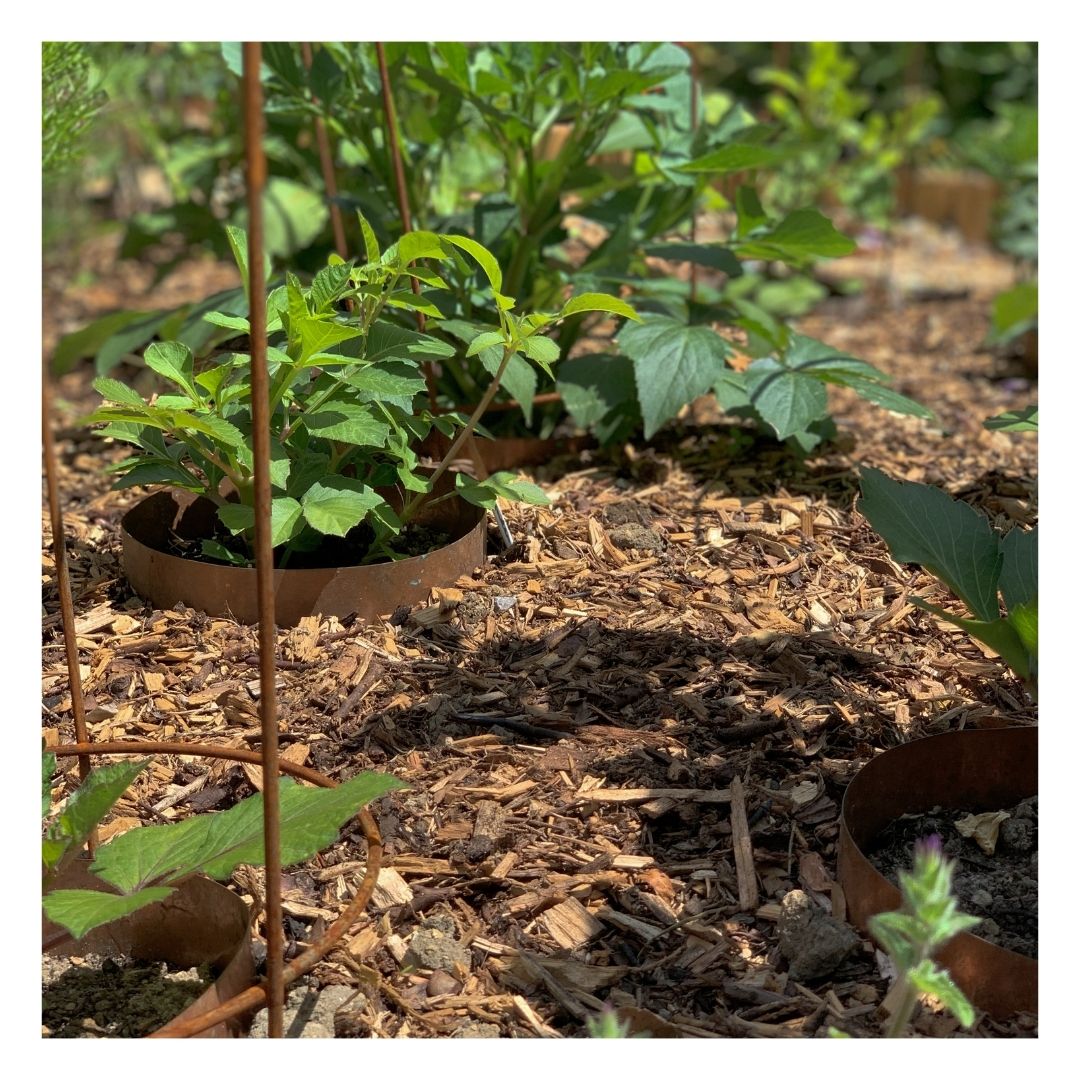How To Weather Proof A Garden
Whether it’s your own home’s garden or a garden that you are building or managing, one of the biggest concerns that you can face is the weather. You’d be naïve to underestimate the sheer powers at play when you consider weather as a danger to your environment. We’re all aware of how the sun’s force can cause damage and how intense rain can destroy a landscape, but what about the other aspects? In this article, we go through some of the most common and devastating ways in which weather can harm a landscape, and how you can best protect against it.
The Sun
If we ever have the pleasure of its presence, the sun is a formidable force in the garden. It supplies plants with energy, heats up the soil and dries things out. However, as with many things in the garden, you can have too much of a good thing.
Protecting Plants
You don’t need us to tell you that too much sun can cause plants to dry out or become sunburnt, and overall lowering their health. You can protect delicate plants from overheating and becoming burnt by regularly watering them (to bring down the temperature) and applying quality mulch to the base to retain moisture and protect roots. If you’ve a more utilitarian garden with a vegetable patch, it might be worth protecting your plants with a canopy. If you have the option to start again with your landscape, you might want to look into Xeriscaping – the trend of building a landscape for hot, arid climates. Take a look at our blog – What is xeriscaping?
Protecting features
It’s not just plants that the sun can devastate, spare a thought for other garden features – whilst they may not be alive, they will still need protection. Ponds are arguably the biggest concern when the weather gets good and hot. If your pond isn’t large enough to maintain a constant low temperature, the sun will begin to heat the water rapidly, and plants and wildlife will begin to die off. You can protect the pond’s temperature by simply shading it with plants or structures (water plants are a perfect aesthetically pleasing option). If you’re in a slight pinch, simply topping the water off with colder water will work. However, ensure that you are not dropping the temperature too quickly, changing the PH or chemical composition of the water. The sun also has a habit of damaging inanimate objects, even though that object hasn’t done anything to harm the sun. Plastics, in particular, are susceptible to going brittle and becoming weak due to exposure to the sun; wood can become splintered and pale with exposure; rubber (such as a pond lining) can crack and deteriorate; and fabrics can become washed out and fragile. The simplest way to protect from the sun is the remove the items out of the sun when not in use. Outdoor furniture material can be stored indoors, for example. Everything that can’t be removed from the sun can be treated to offer UV protection, such as wood stains and plastic coats or paint.
Rain
On the opposite end of the weather spectrum, be it torrential or drizzle, is rain. The pervasive rain of England means that it can be a real issue to plan for when landscaping. Overwatering, flooding and damage are all real concerns, but relatively easy to protect against. When planting and building beds, ensure that you use plenty of sand-like elements in the soil. This can be anything from sand up to gravel. This helps create a fast draining soil that won’t become waterlogged, saturated and cause damage to plant roots through root rot. Reinforce weak and young plants with supports to ensure that their stems do not snap during heavy rain fall. Also remove all dead stems, leaves and flowers to make the plant as streamlined as possible, this will also help protect against heavy wind that usually accompanies rain. Soil Erosion is a common issue following large amounts of rainfall, as water rushed over the surface, it begins to wash away some of the soil. This can result in exposed roots (or produce) which can lead to a decline in the health of the plant. Once again, mulch or bark is commonly used as a way of slowing that water flow and preventing the soil beneath from being washed away.
Frost
Frost is the most common and widely understood danger that your garden will face throughout the seasons. Freezing conditions causes damage because ice crystals form inside the plant’s cells, essentially ripping the cell apart and destroying it. A similar danger occurs with snow. The simplest method of protecting from frost is to bring the plant indoors. However, if you don’t have room, the plant is in the ground or it’s otherwise unfeasible, there are a few other methods you can use to protect it. Cover fragile plants with an overturned pot, blanket or plastic to prevent freezing due from settling and to provide an insulative layer. Just ensure that you uncover them in the morning to allow the internal temperature to rise and provide light to the plant. Yet again, the magic mulch and bark can protect your plants here. Covering the ground layer with mulch or bark provides an insulating layer and provides exothermic (heating) properties due to the breakdown of organic material. Overall, it can help keep the surrounding area above freezing for the evening.
Wind
Wind is a formidable force that can have huge effects on the garden if not properly mitigated and protected against. The major damage cause by wind is stem, brand and trunk breakage. Just as you would protect a plant from rain, you need to streamline the plant so that there’s less wind resistance. This can be done by removing dead leaves, stems and flowers. This will make the plant lighter, and put less strain on the living stems during wind and rain. Taller plants with long thin stems can have wooden pole supports for strength, and even taller plants may even require guide wires to prevent over flexing and snapping. Unfortunately, mulch is not going to help your garden much when it comes to wind.Shop Eco Top Sellers
-
Eco Woodland Garden Mulch
Regular price £126.95 GBPRegular priceUnit price per -
Eco Organic Compost: Beds & Borders
Regular price £126.95 GBPRegular priceUnit price per -
Eco Mulch: Soil Improving Mulch
Regular price £121.95 GBPRegular priceUnit price per -
Eco Bark Nuggets
Regular price £196.95 GBPRegular priceUnit price per













